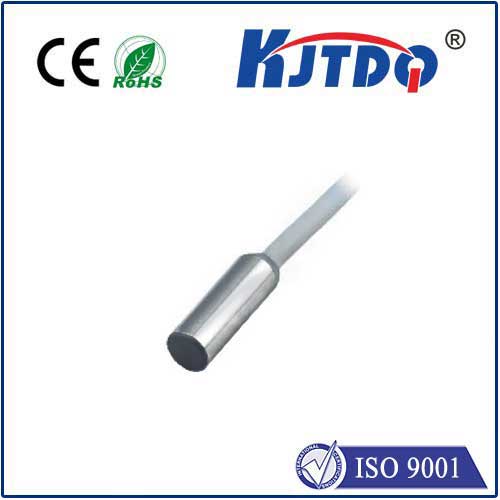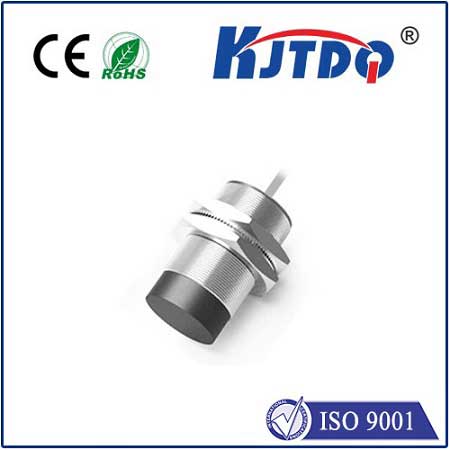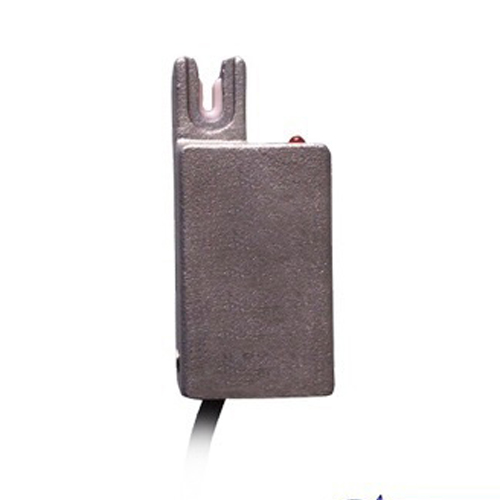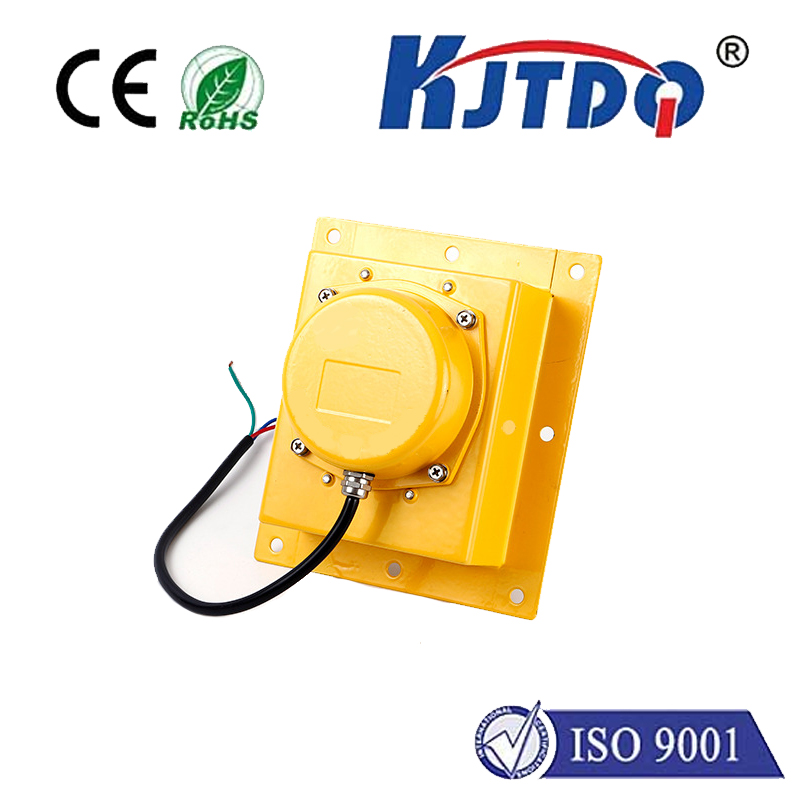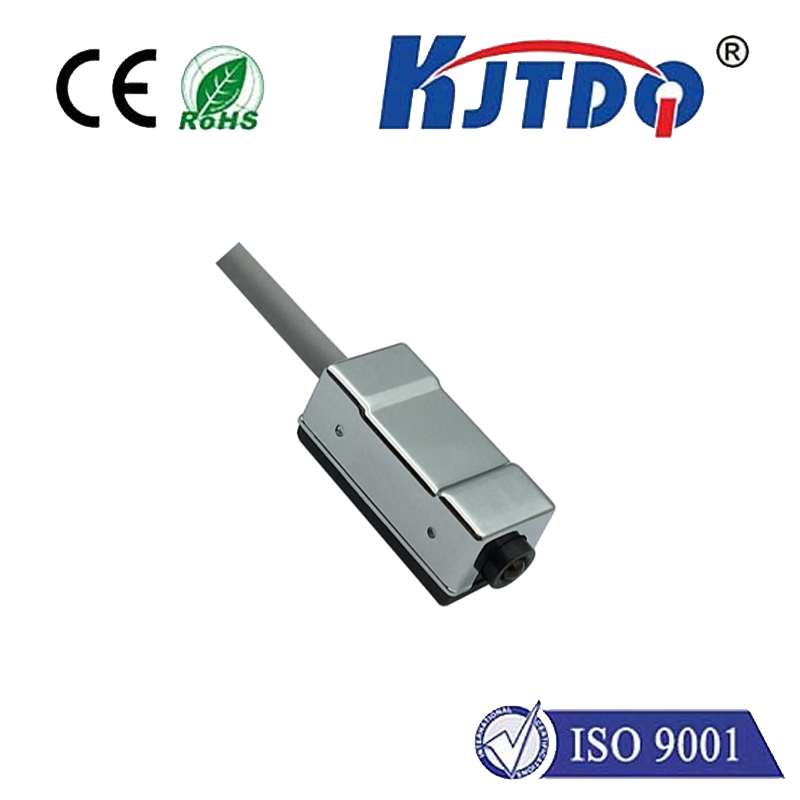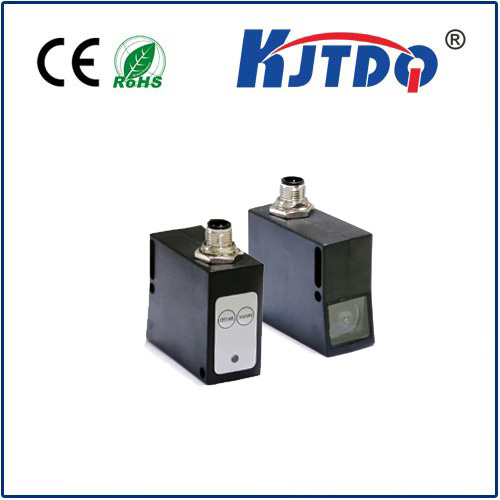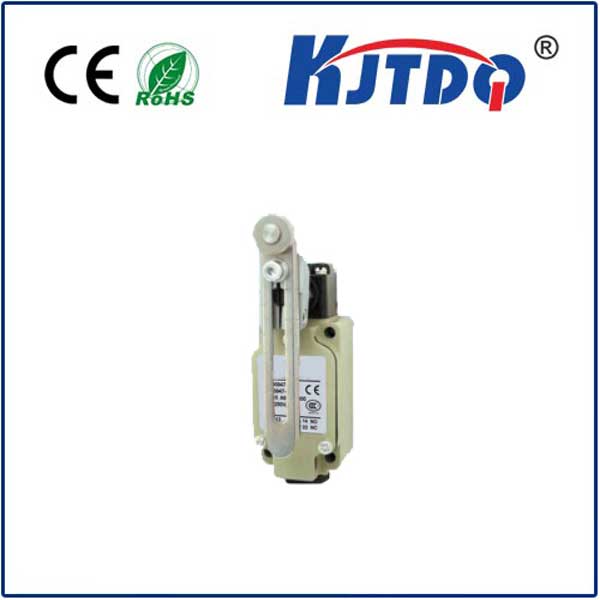foot pressure sensor
- time:2025-08-21 00:38:04
- Нажмите:0
Foot Pressure Sensors: Unlocking the Secrets of Gait and Movement
How Cutting-Edge Technology is Transforming Health, Sports, and Everyday Comfort
Imagine if your feet could talk. What stories would they tell about the way you walk, run, or simply stand? Actually, they can speak volumes – not with words, but with pressure. Foot pressure sensors are the remarkable technology translating the silent language of our steps into invaluable data, revolutionizing fields from medicine to sports science and consumer products. These sophisticated devices provide a dynamic map of the forces acting on the sole of the foot, unveiling insights previously hidden from the naked eye.
Understanding the Technology: More Than Just a Pressure Plate
At their core, foot pressure sensors measure the magnitude and distribution of force (pressure) exerted by the foot onto a surface. Unlike a simple scale that gives one total weight reading, these sensors capture force patterns across numerous discrete points under the foot in real-time. The result is a detailed plantar pressure map or a dynamic pressure distribution profile throughout the gait cycle (walking or running sequence).
Common technologies used include:

- Resistive Sensors: Often made with conductive ink or polymers. When pressed, resistance changes, correlating to applied force. Favoured for large insoles due to cost-effectiveness.
- Capacitive Sensors: Measure changes in capacitance caused by the compression of dielectric materials between conductive plates. Offer good accuracy and resolution.
- Piezoelectric Sensors: Generate an electrical charge proportional to applied force. Excellent for capturing rapid pressure changes (dynamic loading) crucial in running or jumping analysis. Semiconductor-based versions offer high spatial resolution needed for detailed gait analysis.
Modern pressure mapping systems often combine dense sensor arrays (platforms or in-shoe sensors) with sophisticated software. This software visualizes the pressure data, calculates key metrics (like peak pressure, pressure-time integral, center of pressure trajectory), and facilitates the analysis of subtle variations in movement patterns.
Critical Applications: Where Foot Pressure Data Makes a Difference
The insights gleaned from foot pressure sensors are profoundly impactful across diverse domains:
- Rehabilitation & Medical Diagnostics: This is arguably the most vital application.
- Diabetic Foot Care: Early detection of abnormal pressure patterns is paramount. Chronically high pressure under specific areas (like the metatarsal heads or heel) is a primary risk factor for ulceration in diabetic patients. Regular screening with foot pressure systems allows clinicians to identify high-risk areas and intervene with custom orthotics or footwear modifications before ulcers develop.
- Gait Analysis & Neuromuscular Disorders: Gait analysis using foot pressure data is essential for diagnosing and managing conditions like cerebral palsy, stroke, Parkinson’s disease, and other neurological issues affecting walking. It helps quantify asymmetries, assess balance deficits, and objectively evaluate the effectiveness of treatments (e.g., orthotics, botulinum toxin injections, physiotherapy).
- Orthotics & Prosthetics Design: Precise pressure mapping ensures orthotics and prosthetic sockets fit optimally, distributing pressure evenly and comfortably, preventing pain and skin breakdown. It allows for truly data-driven customization.
- Sports Science & Performance Optimization: Athletes constantly seek marginal gains.
- Biomechanics & Injury Prevention: Coaches and sports scientists use in-shoe sensors to analyze running mechanics, identifying inefficient movements or pressure points that may lead to overuse injuries (e.g., stress fractures, plantar fasciitis). Understanding dynamic gait patterns helps refine technique.
- Equipment Tuning: Data on pressure distribution inside footwear informs shoe design for specific sports. It helps determine optimal cushioning placement, sole stiffness, and fit for peak performance and comfort.
- Consumer Electronics & Smart Footwear: The technology is increasingly accessible.
- Smart Insoles: Integrating foot pressure sensors into insoles provides feedback on gait quality, balance, step count, weight distribution asymmetry, and potentially fall risk for everyday users or the elderly. This data can be synced to smartphones for monitoring and coaching.
- Ergonomics & Workplace Safety: Assessing standing posture and pressure distribution over long shifts informs the design of anti-fatigue mats and supportive footwear.
- Enhanced Reality: Future applications could see pressure data controlling virtual characters or providing nuanced feedback in training simulations.
Key Considerations When Utilizing Foot Pressure Sensors
The power of this technology lies in accurate interpretation. Important factors include:
- Sensor Resolution & Accuracy: Higher resolution captures finer details, crucial for medical diagnostics.
- Sampling Rate: Capturing fast movements (running, jumping) requires high sampling rates (often 100Hz+).
- Calibration & Reliability: Regular calibration ensures data accuracy. Sensor drift can affect long-term measurements.
- Dynamic vs. Static: Systems must capture the movement of pressure during walking/running (dynamic pressure), not just standing still (static pressure), for most clinical and sports applications.
- Integration with Other Data: Combining foot pressure data with motion capture (kinematics) and muscle activity (electromyography) provides the most comprehensive biomechanical picture.
The Future: Smarter, Softer, More Integrated
The evolution of foot pressure sensing is rapid:
- Miniaturization & Flexibility: Development of softer, thinner, more flexible sensors improves comfort and accuracy when embedded in shoes or insoles.
- Wireless & Real-Time Feedback: Enhanced wireless connectivity allows for immediate data streaming and feedback during activities.
- AI-Powered Analytics: Artificial Intelligence algorithms are being leveraged to automatically detect subtle, clinically relevant gait patterns and abnormalities from complex pressure data, improving diagnostic speed and accuracy.
- Wider Accessibility: Cost reductions are making this technology more available for routine clinical practice, sports teams, and consumer wellness products.
- Integration into Smart Fabrics: Sensors woven directly into socks or shoe liners promise seamless monitoring.
Beyond Measurement: A Pathway to Actionable Insight
Foot pressure sensors have moved beyond mere measurement tools; they are powerful diagnostic and analytical instruments. They transform subjective observations of how someone walks or stands into quantifiable, objective data. This data empowers healthcare professionals to prevent debilitating complications, guides athletes toward peak performance, informs the creation of better footwear, and offers individuals unprecedented insights into their own movement health. By listening to the language of pressure our feet express with every step, we unlock new dimensions of understanding human mobility and well-being.

